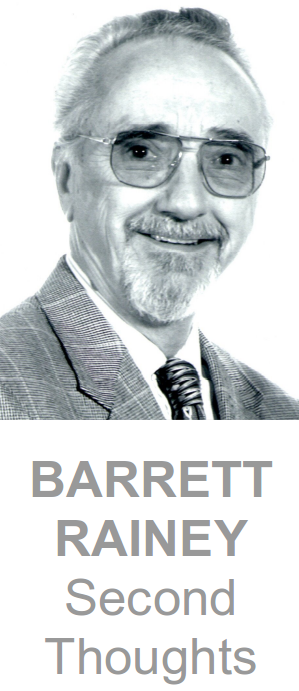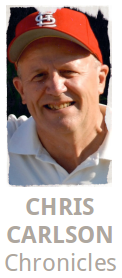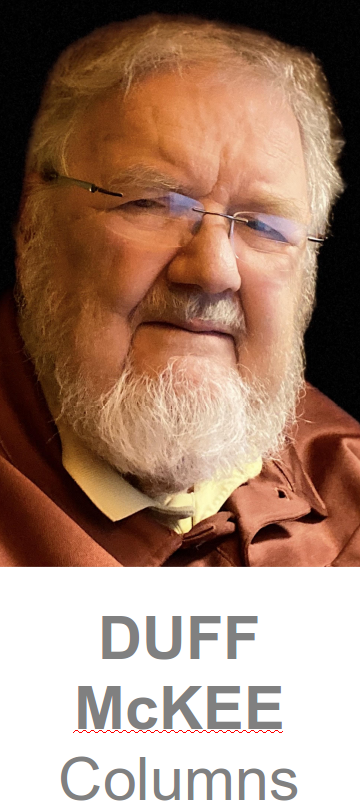
National conservative icon Grover Norquist addressed a group of around 50 grassroots activists Saturday, January 28 at the Crown Plaza Hotel in Lake Oswego.
Norquist, the president and founder of Americans for Tax Reform, gave the keynote address at the sixth annual Western Liberty Network leadership and training conference.
He began his remarks by stating that the press has been so focused on President Donald Trump’s personality that it has missed the big picture in the aftermath of the 2016 election.
Half of the states in the county have Republican governors and majorities in both legislative chambers, he said, and a majority of the nation’s people live in “red states.” Only four states are under complete Democratic control. Oregon and California are the “only blue states you can find without a magnifying glass,” Norquist said.
States such as Arkansas, Alabama, Mississippi and Georgia that have traditionally been run by Democrats now have Republican governors and majorities in their legislative chambers. Norquist predicted that Delaware and Minnesota would be among the next states to flip Republican.
In his remarks, Norquist said that the modern center-right movement is comprised of coalitions whose members’ votes are moved by a desire to be left alone and not have their taxes raised. He described the coalition as “low-maintenance,” and said its members don’t tend to want anything from each other.
“They’re not in conflict on a political level,” Norquist said. “Our friends on the left don’t have that.”
Norquist said that Democratic coalition members, including “coercive utopians,” all remain harmonious with each other as long as there’s money in the middle of the table.
“The left is not made up of friends and allies,” he said.
Conservative coalition members such as homeschoolers and concealed carry permit holders are now being joined by Uber and Lyft drivers who are being threatened with increased government regulations of their new emerging industries.
Norquist said that the structures for Democratic coalition members can be defunded. Approximately 27 states have passed right-to-work laws, he added, and more are set to follow soon.
Over 135,000 government workers in Wisconsin stopped paying union dues after reforms gave them the option to not do so, Norquist said. As a result, around $135 million less is flowing into union coffers per year. Around 30,000 teachers in Michigan are no longer paying union dues, for a total annual loss of $20 million.
During a question and answer session, Norquist predicted that reforms to the Affordable Care Act will involve the distribution of Medicaid block grants to states and separate high-risk pools for persons with preexisting conditions. Once that is accomplished, he said that the Trump administration would tackle tax reform, with one of its components being the complete elimination of federal estate taxes.






